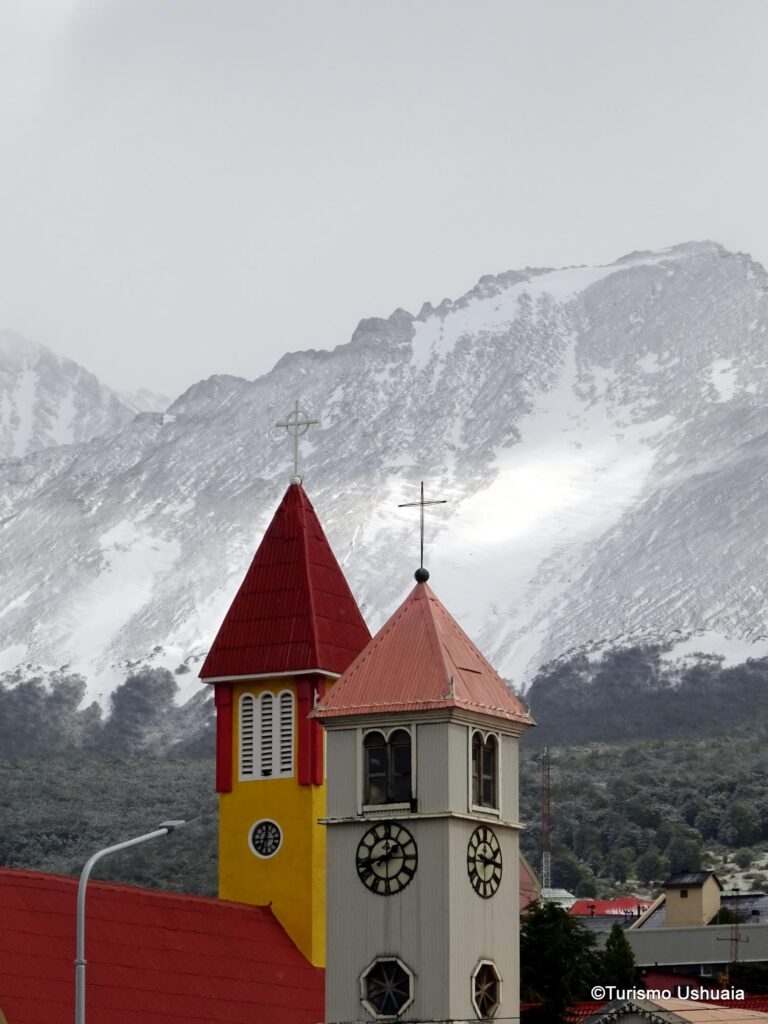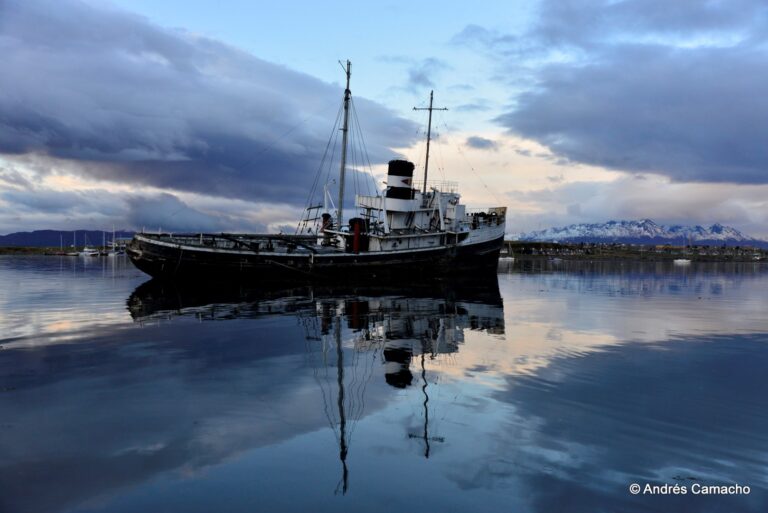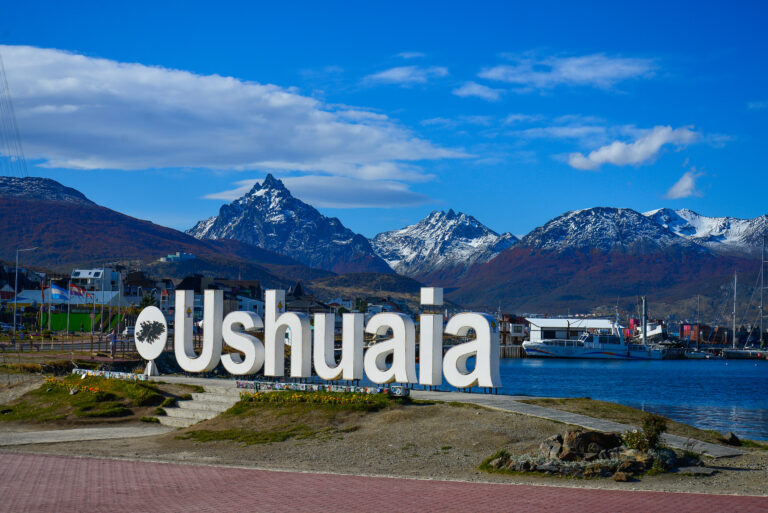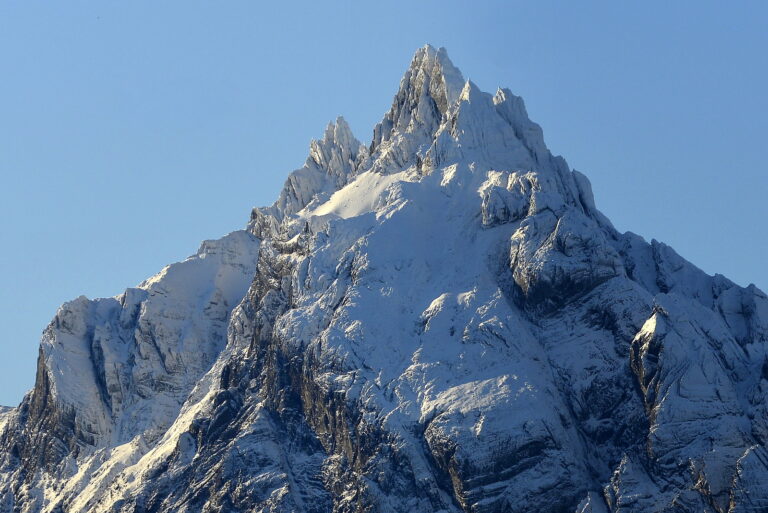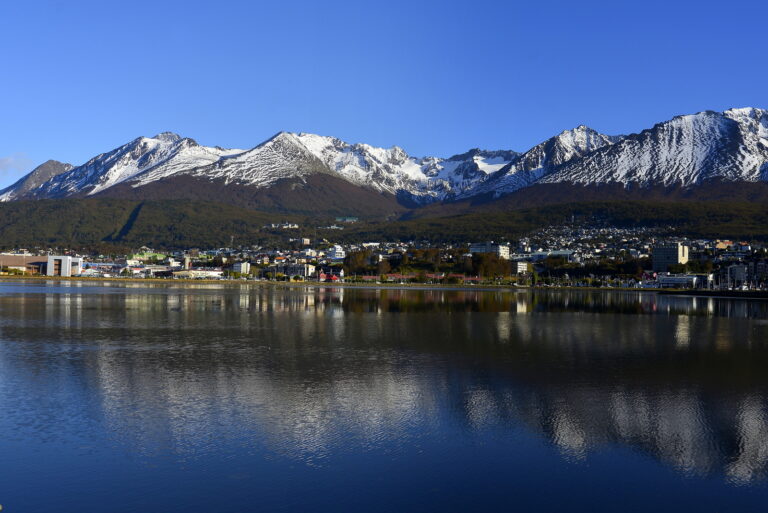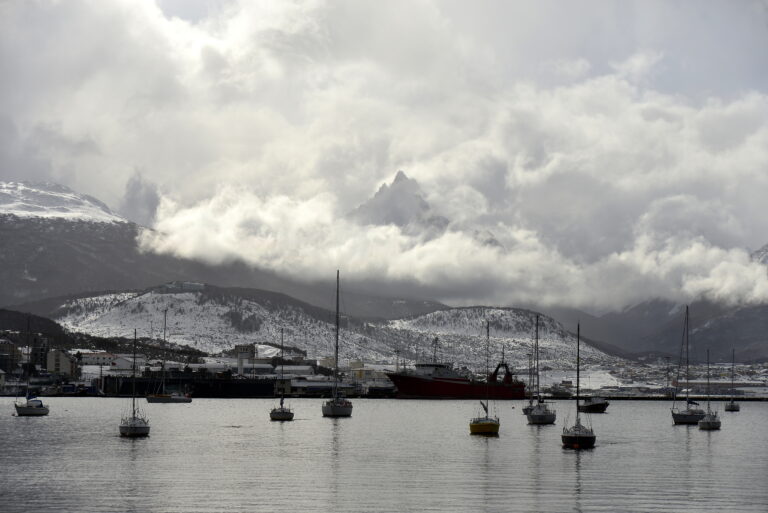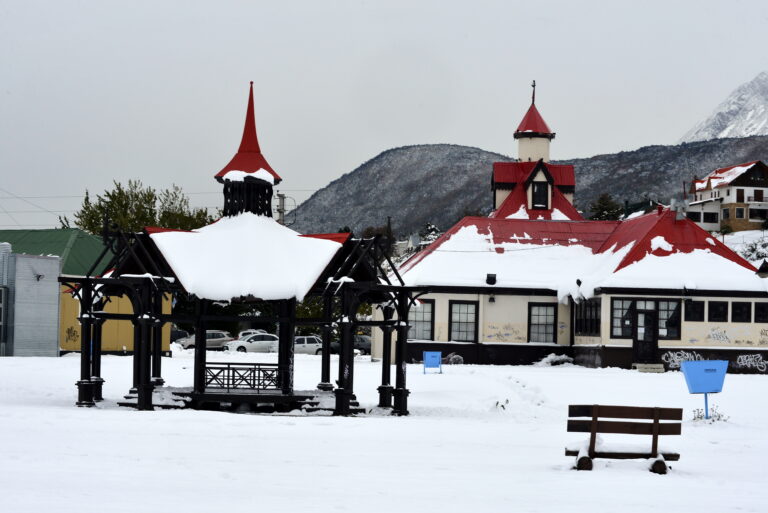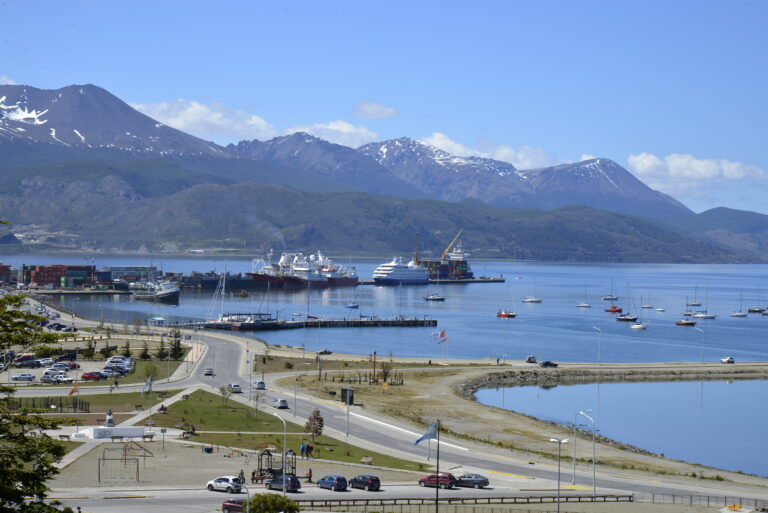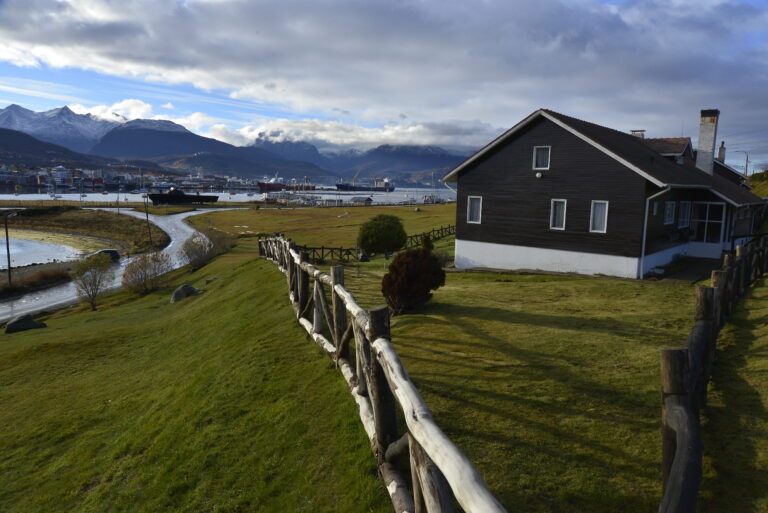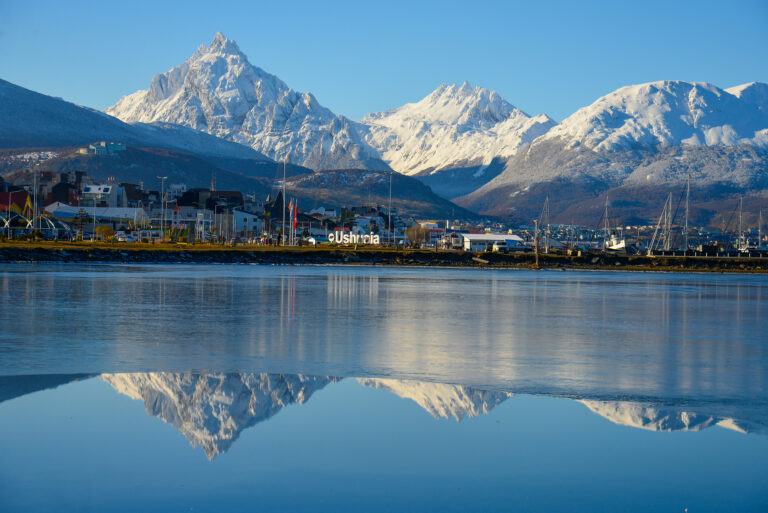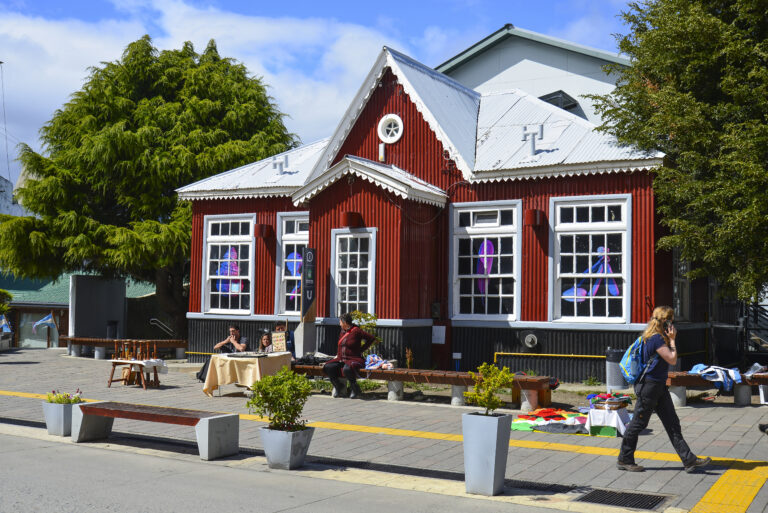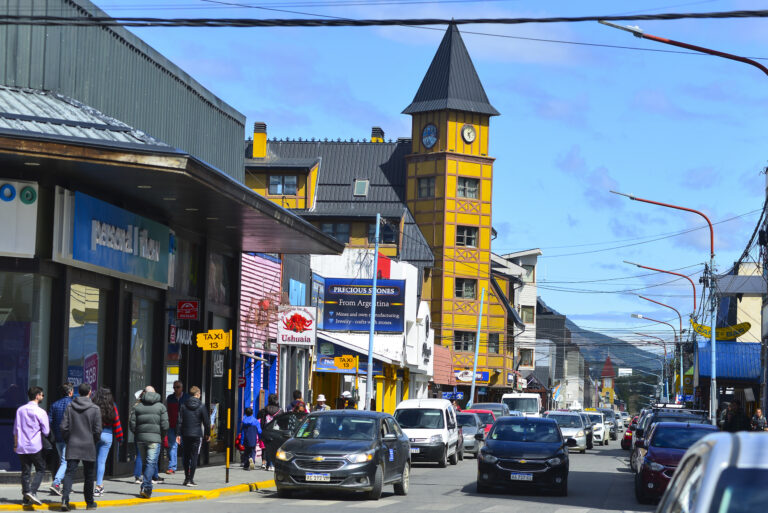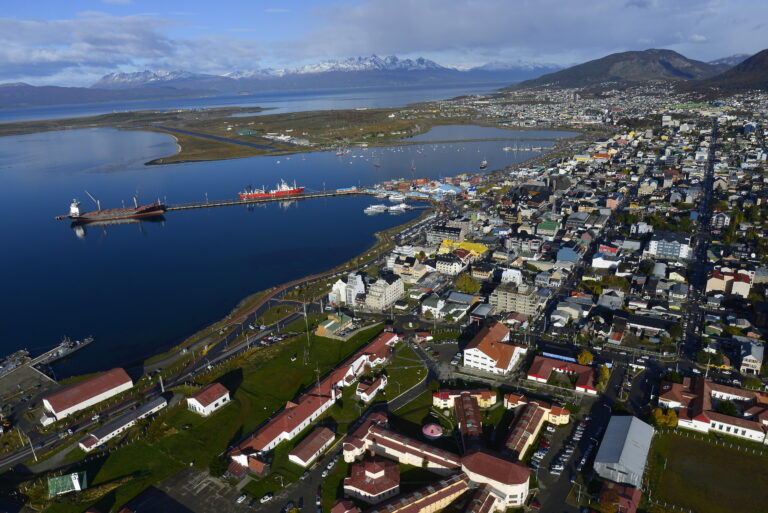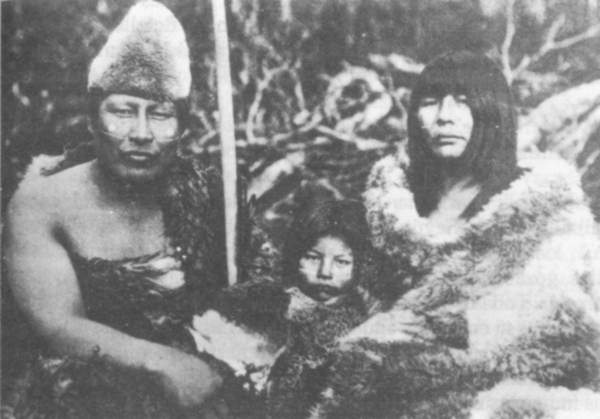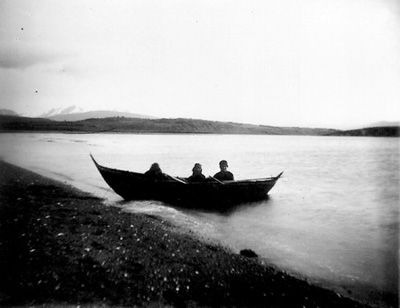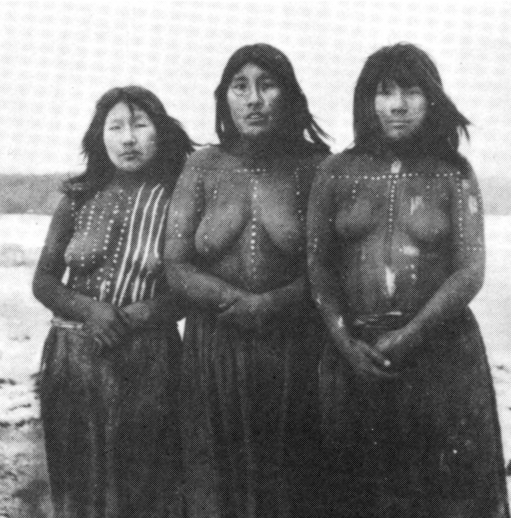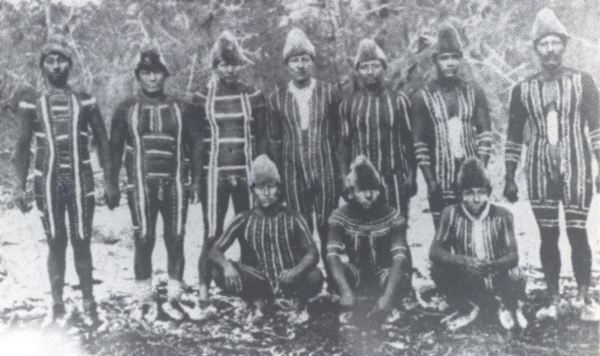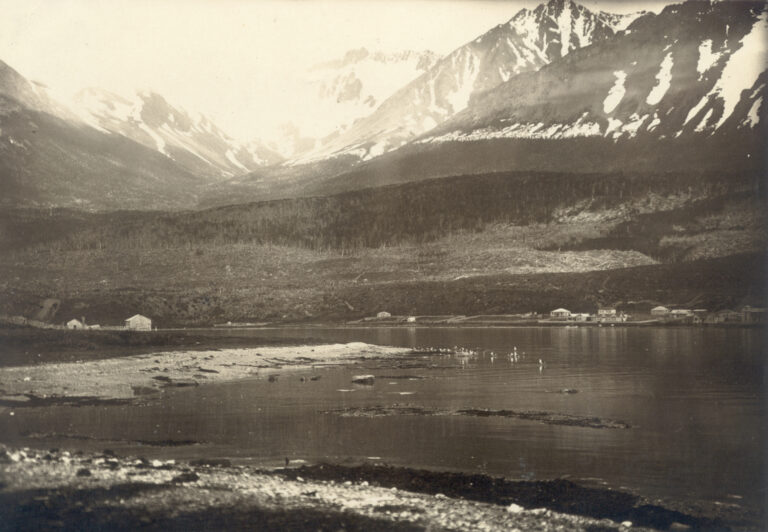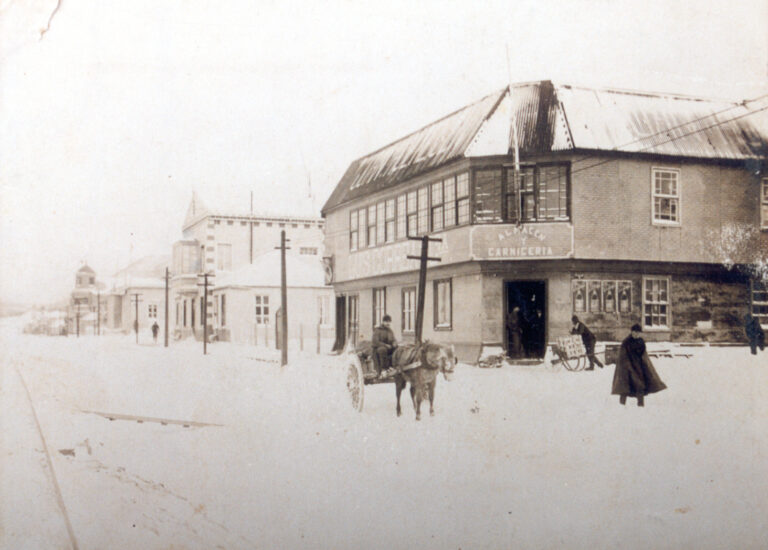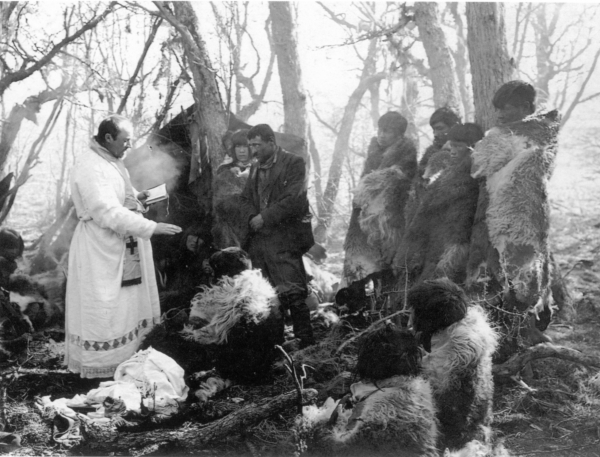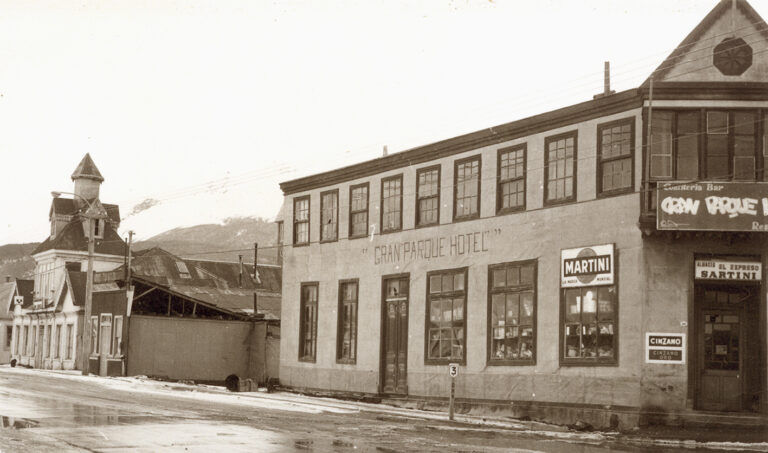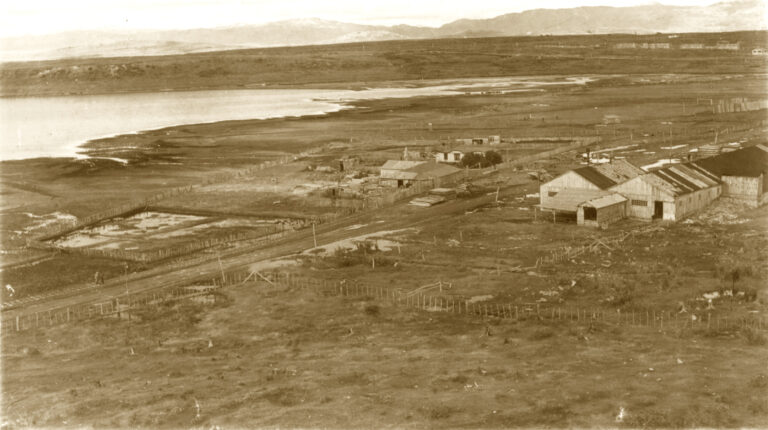End of the World, Beginning of Everything.
Ushuaia is located at the southern tip of Patagonia, marking the end of Argentina and often referred to as the "end of the world" or, as some prefer, the "beginning of everything." Surrounded by both sea and mountains, the city presents breathtaking views of nature's grandeur, with vibrant colors and vast expanses visible from every vantage point.
As the capital of the Province of Tierra del Fuego, Antarctica, and South Atlantic Islands, Ushuaia offers more than just its stunning landscapes of glacial valleys, peat bogs, and ancient forests. Urban tours, cultural experiences, and culinary delights await visitors, providing opportunities to immerse themselves in the rich history of this mythical corner of the globe.
A little bit of history
Learn more about the history of Ushuaia
Touring around the city
You embark on a stroll through the heart of Ushuaia's city center, and the city never fails to astonish you.
The waterfront provides a serene setting for walking, cycling, and delving deeper into the essence of the end of the world. Beginning at the Bahía Encerrada Urban Nature Reserve, an area teeming with natural beauty, historical significance, cultural richness, and birdlife nesting in its midst, you'll find yourself immersed in nature's embrace. Crossing the boardwalk that encircles the bay, offering a unique perspective of Ushuaia's iconic panorama, leads you to the Old Settlers' Walk. Here, historical houses transformed into museums and cultural exhibition centers, along with itinerant exhibitions, offer glimpses into bygone eras of Ushuaia.
Along the waterfront, intriguing sights await discovery, including the emblematic ship Saint Christopher, marooned on the shores of the Beagle; the Falkland Islands Memorial, a solemn tribute to those who perished in war; the Paseo de las Rosas; the artisan walkway; and the legendary sign that bids welcome to the city at the end of the world. Concluding this captivating waterfront journey, you'll arrive at the commercial pier and the Antarctic Pioneers Promenade.
As you walk along the main street or its vicinity, you'll encounter houses adorned with their original facades, now designated as historical monuments. These architectural gems serve as tangible reminders of the city's cultural heritage, offering glimpses into bygone eras. Some of these residences have been repurposed to provide various services, effectively transporting visitors back in time.
Alternatively, you may opt for a guided city tour to explore these and other points of interest. Accompanied by knowledgeable tour guides, either on foot or in vehicles, you'll delve deeper into the city's history as they regale you with captivating tales and anecdotes along the way. Whether you're intrigued by architectural marvels or eager to uncover hidden gems, a guided tour promises an enriching experience
The main street, known as San Martín, serves as the focal point for a plethora of establishments catering to diverse needs. From restaurants and agencies to souvenir shops and more, this bustling thoroughfare offers a vibrant array of options to explore. Notably, the Open Air Gallery spans four blocks along San Martín, creating a bustling shopping promenade bustling with activity. While vehicular traffic flows through this area, parking is not available, allowing pedestrians to traverse freely as they peruse the offerings.
Located approximately 15 blocks away from downtown, the city's sole shopping mall lures visitors with its varied selection of stores and amenities. Accessible by both car and foot, a pedestrian pathway commences at the intersection of Maipú and Yaganes streets, guiding shoppers towards this retail destination. Whether by vehicle or on foot, the journey to the mall promises an enjoyable experience for all.
Martial Glacier
In less than 10 minutes you will arrive to a mountain path that looks like it was taken out from a fairy tale. Landscapes here are unique.
Exploring Ushuaia can work up quite an appetite! Luckily, the city offers a wide range of dining options. From cozy cafes for a quick coffee to restaurants serving up local specialties like king crab or Patagonian lamb, there's something to satisfy every craving. Whether you're in the mood for seafood or hearty regional dishes, Ushuaia's culinary scene has you covered.
If there is one thing we know for sure, it is that in Ushuaia there are options for all tastes, and unique experiences that will make your trip a lifetime memory.
